- Opening Hours: 10am to 7pm(Monday-Saturday). Sunday on call appointment
- +91-9958309690, 8586929155 Book Appointment
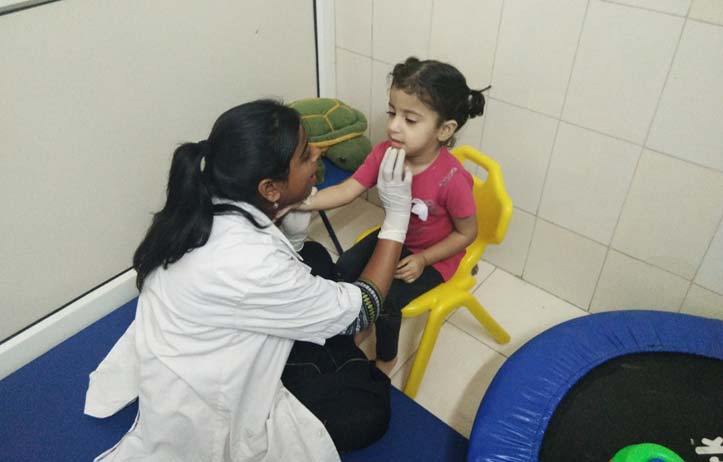
Adult speech therapy also begins with an assessment to determine your needs and the best course of treatment. Speech therapy exercises for adults can help you with speech, language, and cognitive-communication.
Exercises may involve:
We use an accuracy level of 80% for most goals. Below 65% accuracy borders on “chance” levels for some goals. While above 95% gets into “mastery” territory, which often isn’t the goal of speech therapy.
Cues
For Severe Impairments, we use “frequent, maximal cues.”
For Moderate Impairments, we use “intermittent, moderate cues.”
For Mild Impairment, we use “occasional, minimal cues.”
1. Dysphagia:
Example- Goals can include swallowing safety, timeliness, and appropriateness.
2. Aphasia:
Example- The patient will write sentences in response to verbal prompts with 80% accuracy given minimal written cues.
3. Motor speech:
Example- The patient will produce initial /h/ syllables with 70% accuracy at maximum articulation position and maximum visual cues to improve verbal communication skills.
4.Cognition:
Example- The patient will recall and complete steps to listen to a voice message at 80% accuracy given minimal visual cues.
5. Visual neglect
Example- Patients read page-level information from novels with 100% accuracy and sometimes have minimal verbal cues to use finger-sensing techniques to scroll to the far left of the page.
Conclusion: With these goals, you can see improvement in treatment. Search for a speech therapy clinic and start your speech therapy as early as possible to increase your speech quality, search for a speech therapy clinic in Noida.
 Healthy habits to take care of your voice.
Healthy habits to take care of your voice.
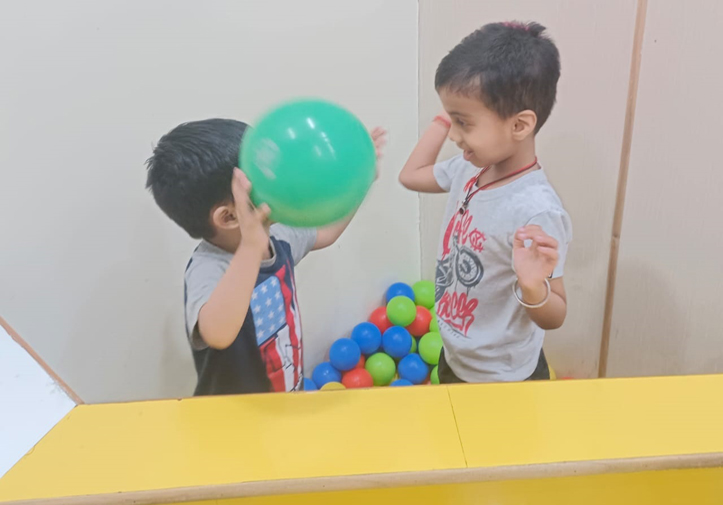 Tips To Follow To Help You Stop Stuttering or Stammering
Tips To Follow To Help You Stop Stuttering or Stammering
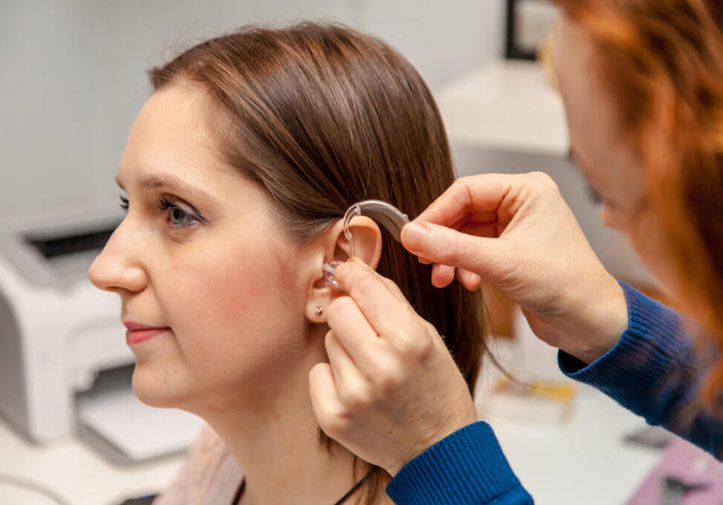 Getting used to new hearing aids
Getting used to new hearing aids
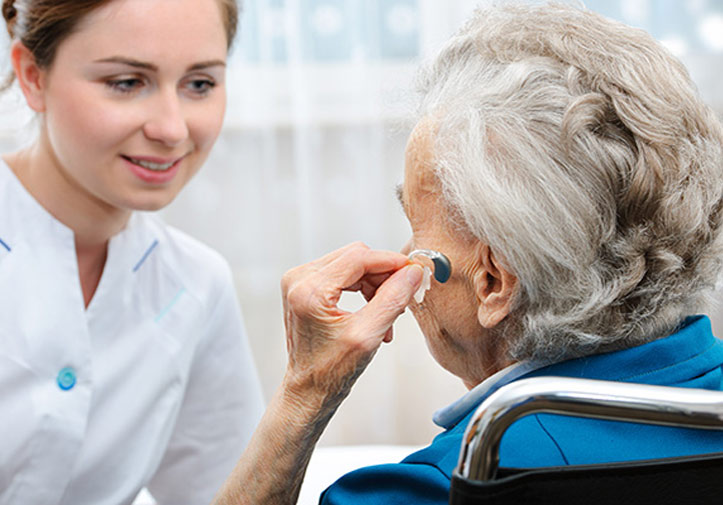 When should we replace your hearing aids?
When should we replace your hearing aids?
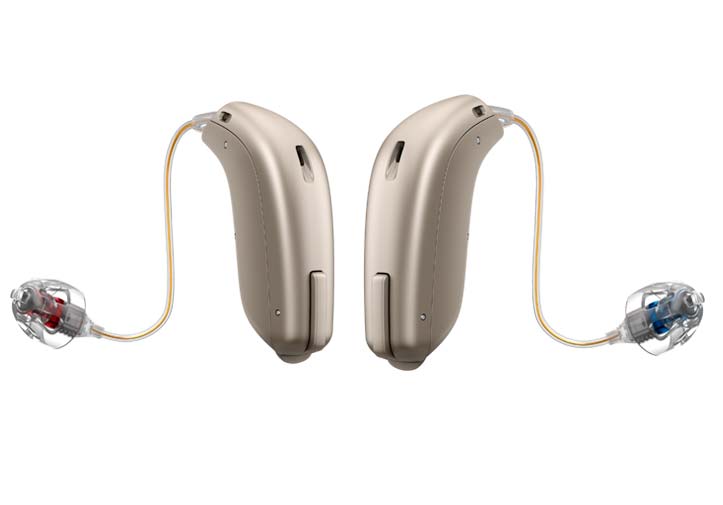 What Are Hearing Aids?
What Are Hearing Aids?
 Know More About Neurological Stroke Language Disorders!
Know More About Neurological Stroke Language Disorders!
 Advanvement of Technology In Digital Hearing Aids!
Advanvement of Technology In Digital Hearing Aids!
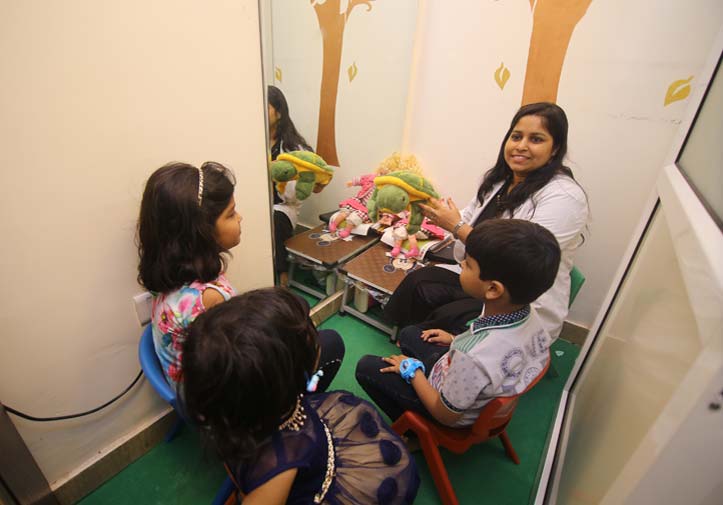 Autistic Children - How Can Speech Therapy Assist?
Autistic Children - How Can Speech Therapy Assist?
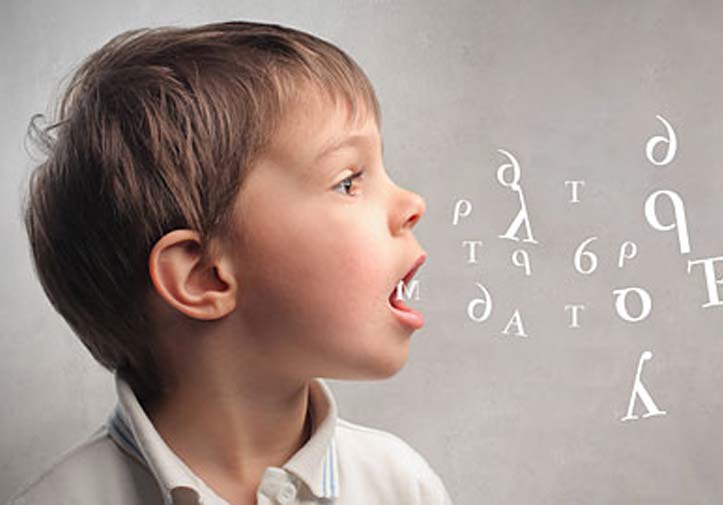 Stammering - Know About Its Cause And Treatment!
Stammering - Know About Its Cause And Treatment!
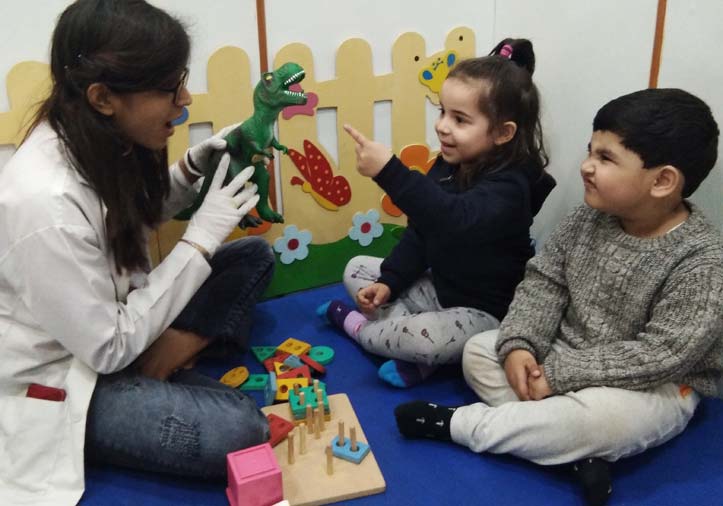 How Speech Therapy Can Help Your Child?
How Speech Therapy Can Help Your Child?